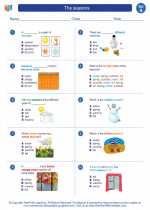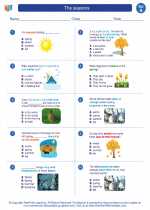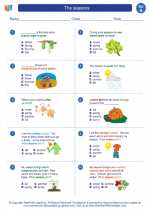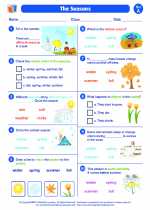The Seasons
The changing seasons are a result of the tilt of the Earth's axis as it orbits the Sun. This tilt causes different parts of the Earth to receive varying amounts of sunlight throughout the year, leading to the four distinct seasons: spring, summer, autumn, and winter.
What Causes the Seasons?
As the Earth orbits the Sun, its axis is tilted at an angle of about 23.5 degrees. This tilt means that different parts of the Earth receive direct sunlight at different times of the year, causing the seasons to change.
Spring and Autumn Equinox
During the spring and autumn equinoxes, the Earth's axis is not tilted toward or away from the Sun, resulting in nearly equal amounts of daylight and darkness all over the world. This marks the beginning of spring in the northern hemisphere and autumn in the southern hemisphere.
Summer Solstice
During the summer solstice, the northern hemisphere is tilted towards the Sun, resulting in longer days and shorter nights. This marks the beginning of summer in the northern hemisphere and winter in the southern hemisphere.
Winter Solstice
During the winter solstice, the northern hemisphere is tilted away from the Sun, leading to shorter days and longer nights. This marks the beginning of winter in the northern hemisphere and summer in the southern hemisphere.
Study Guide
.◂Science Worksheets and Study Guides First Grade. The seasons

 Activity Lesson
Activity Lesson
 Worksheet/Answer key
Worksheet/Answer key
 Worksheet/Answer key
Worksheet/Answer key
 Worksheet/Answer key
Worksheet/Answer key
 Worksheet/Answer key
Worksheet/Answer key
 Vocabulary/Answer key
Vocabulary/Answer key
